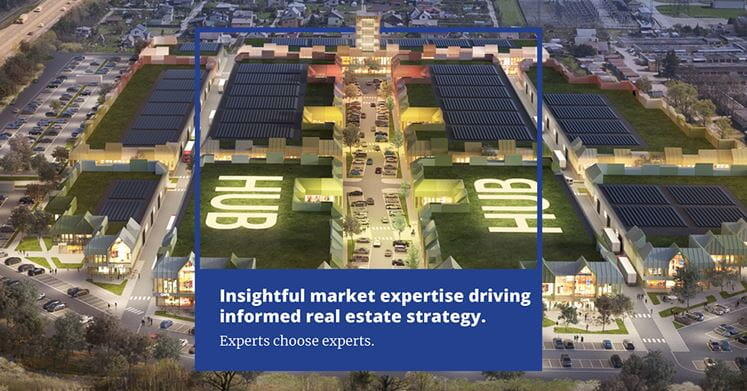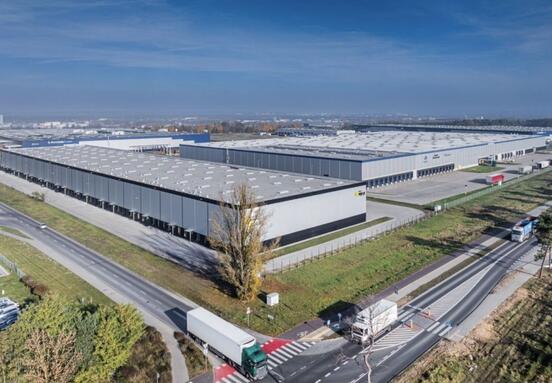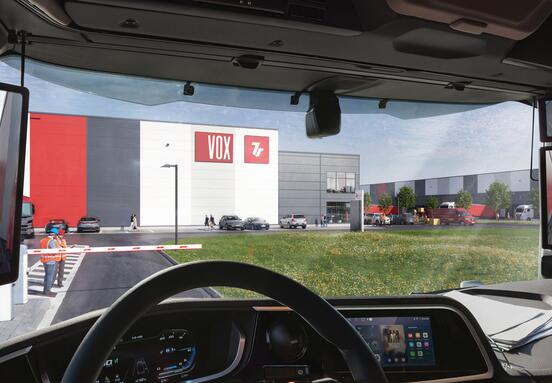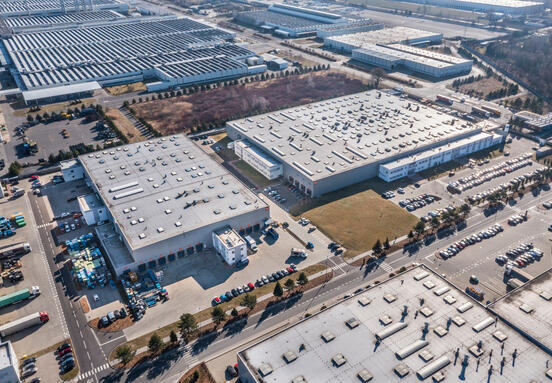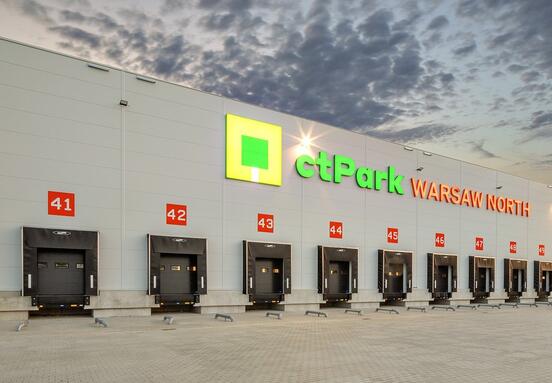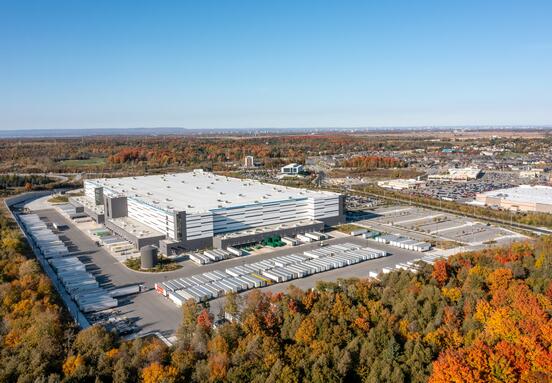The report shows that the largest supply for SBU and LML space - nearly 2 million sq m. - notes Poland. In the coming quarters, we can expect further dynamic development of this market segment, as well as a generally growing demand for industrial and logistics space in this region.
The demand from industrial and logistics tenants in the CEE-15 region has been strong over the past few years, driven mainly by the 3PL, retail and distribution sectors, followed by light manufacturing, automotive and FMCG. During the pandemic, we saw more interest from e-commerce tenants and logistics operators offering their services to retailers and companies trading on the Internet. The increase in inquiries for SBU / LML space is also a consequence of this trend - says Kevin Turpin, Regional Director for Capital Markets in Central and Eastern Europe at Colliers.
The Polish I&L market is the largest in the entire CEE-15 region. The total supply of modern warehouse space at the end of Q1 2022 exceeded 25 million sq m, and in the last year alone, developers delivered approximately 3.1 million sq m. of new space, which is the highest annual result in the history of the Polish I&L market. The current year is not lagging behind - in Q1 2022 the volume of new supply amounted to almost 1.3 million sq m, and almost 4.8 million sq m is currently under construction.
Despite the significant development of the market, the oversupply phenomenon is not present, as we are dealing with a persistent very high demand for industrial and logistic space. In 2021, the warehouse market broke a record in terms of gross demand - as much as 7.5 million sq m was leased. compared to 4.2 million sq m. in 2019, i.e. before the pandemic. In the first quarter of 2022, the demand amounted to 1.6 million sq m, and the vacancy rate reached 3.1%. and was the lowest in the history of the market - notes Maciej Chmielewski, senior partner, director of the logistics and industrial space department at Colliers.
Along with the growing demand for industrial and logistics space and the supply of such projects, the interest in SBU / LML facilities is also growing, which are gradually increasing their share in the I&L market in Poland.
We observe an increase in the number of this type of warehouses from year to year. The total supply of SBU / LML facilities at the end of last year amounted to nearly 2 million sq m, which is an increase of 15%. compared to the first quarter of 2021 (the supply in this period was 1.7 million sq m). Thus, this sector is responsible for about 8 percent. total resources of modern I&L space in the country. Although Warsaw remains the largest local market in terms of the existing supply of SBU / LML, where more than half of all investments of this type in Poland are located, cities such as Poznań and Wrocław are also dynamically developing, as well as smaller centers, such as Kalisz or Elbląg - he adds Maciej Chmielewski.
In Albania or Bosnia and Herzegovina, typical SBU / LML facilities do not exist at all - tenants therefore decide to rent smaller modules in large big box warehouses or smaller industrial and logistics facilities of a lower standard. Some projects follow a concept that resembles modern SBU / LML facilities, but they are intended for private use. The country with the highest share of SBU / LML in industrial and logistics resources is Bulgaria, where these facilities account for 59 percent. total supply of warehouse space.
In the CEE-15 countries, there are currently approx. 500,000 jobs under construction. sqm of SBU / LML space, most of which is being built in Poland (310,000 sq m). Typically, rents and service charges in these types of facilities are much higher than in standard I&L investments, and so are the construction costs. However, SBU and LML warehouses compensate for this with excellent locations and excellent adaptation to the needs of tenants. In most CEE-15 countries, the rental rates offered for this type of space range from EUR 4 to 10 / sq m / month, but in the Czech Republic and Estonia, for example, they can even reach EUR 12 / sq m / month.
Due to significant changes and disruptions in consumer behavior, goods production and global supply chains caused by the pandemic and war in Ukraine, industrial and logistics space has become one of the most sought after both in the CEE region and around the world. Investment transactions in the I&L sector accounted for an average of about 25 percent. all transactions in CEE-62 in the last five years. They also secured the first place in 2021 with 37 percent. share in the volume. European capital (including CEE) has slightly led the investment activity with 33% since 2017. in volume, ahead of capital from Asia and the Pacific (31%).
The war in Ukraine affected individual CEE-15 countries in different ways. In some of them, the impact of war on the industrial and logistics sector is already noticeable, while others are not yet feeling its effects. However, all of them are faced with rising prices of fuels and building materials, their reduced availability and partial collapse of supply chains, which affects the condition of the industrial and logistics sector throughout the region. The extended deadlines for the construction of new facilities or the suspension of the commenced and planned projects may slow down the increase in the supply of warehouse space in the coming quarters compared to the current period.
The entire Central and Eastern Europe is struggling with less and less land availability, especially in the most attractive locations. Some of the more active developers in the industrial and logistics segment have been securing the land bank for future investments in the last few years. Other plots of land, especially in or near large cities, may be the target of residential developers who are often able to offer a better price.
Currently, the industrial and logistics sector is doing well and we do not expect any significant changes in this trend in the near future. There is a chance that the sector's growth will slow somewhat until construction markets and supply chains stabilize to some extent. However, this slowdown will be short-term rather than long-term, concludes Kevin Turpin.
